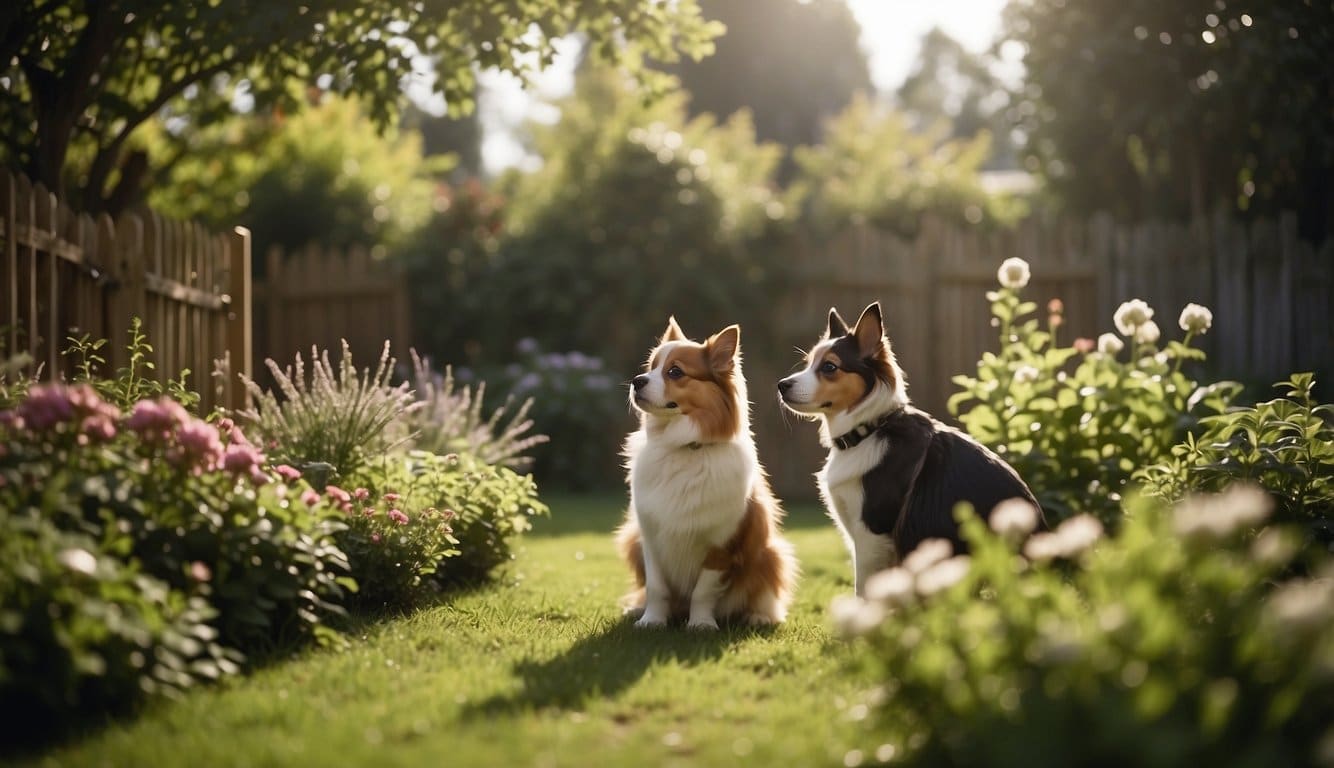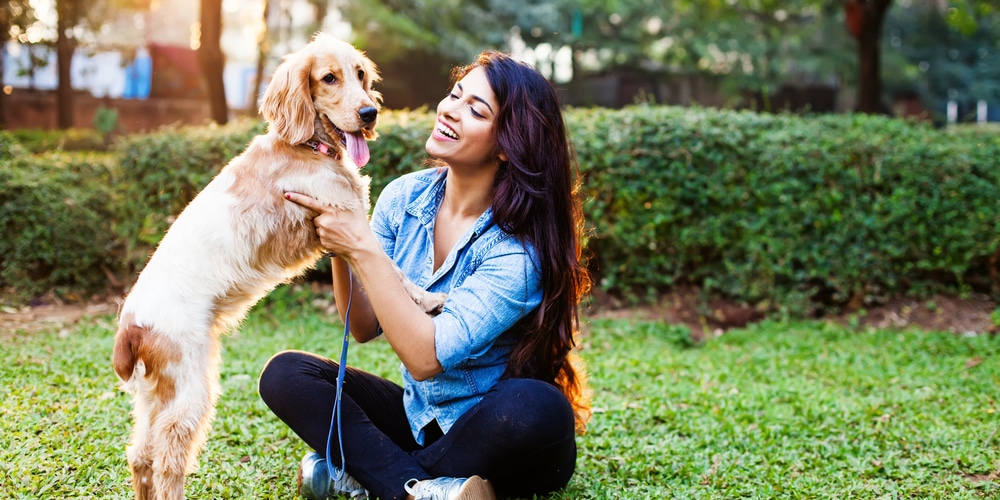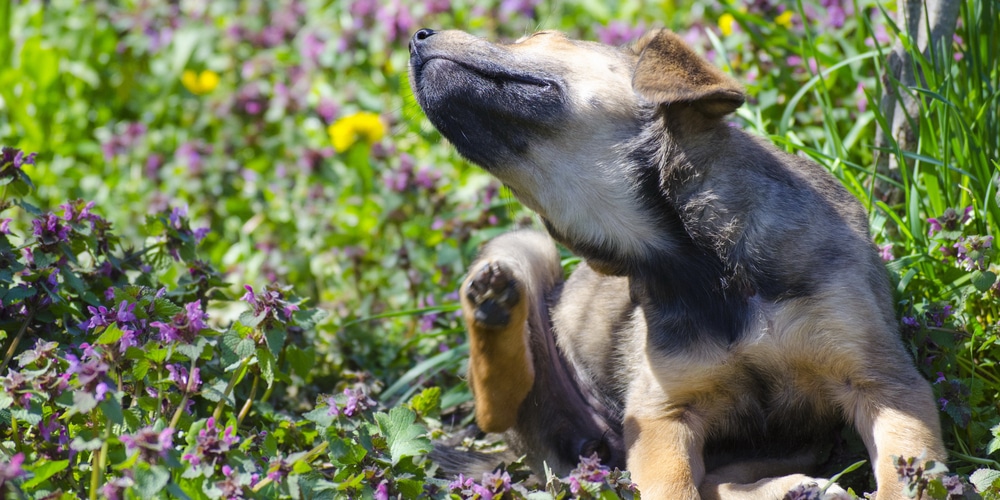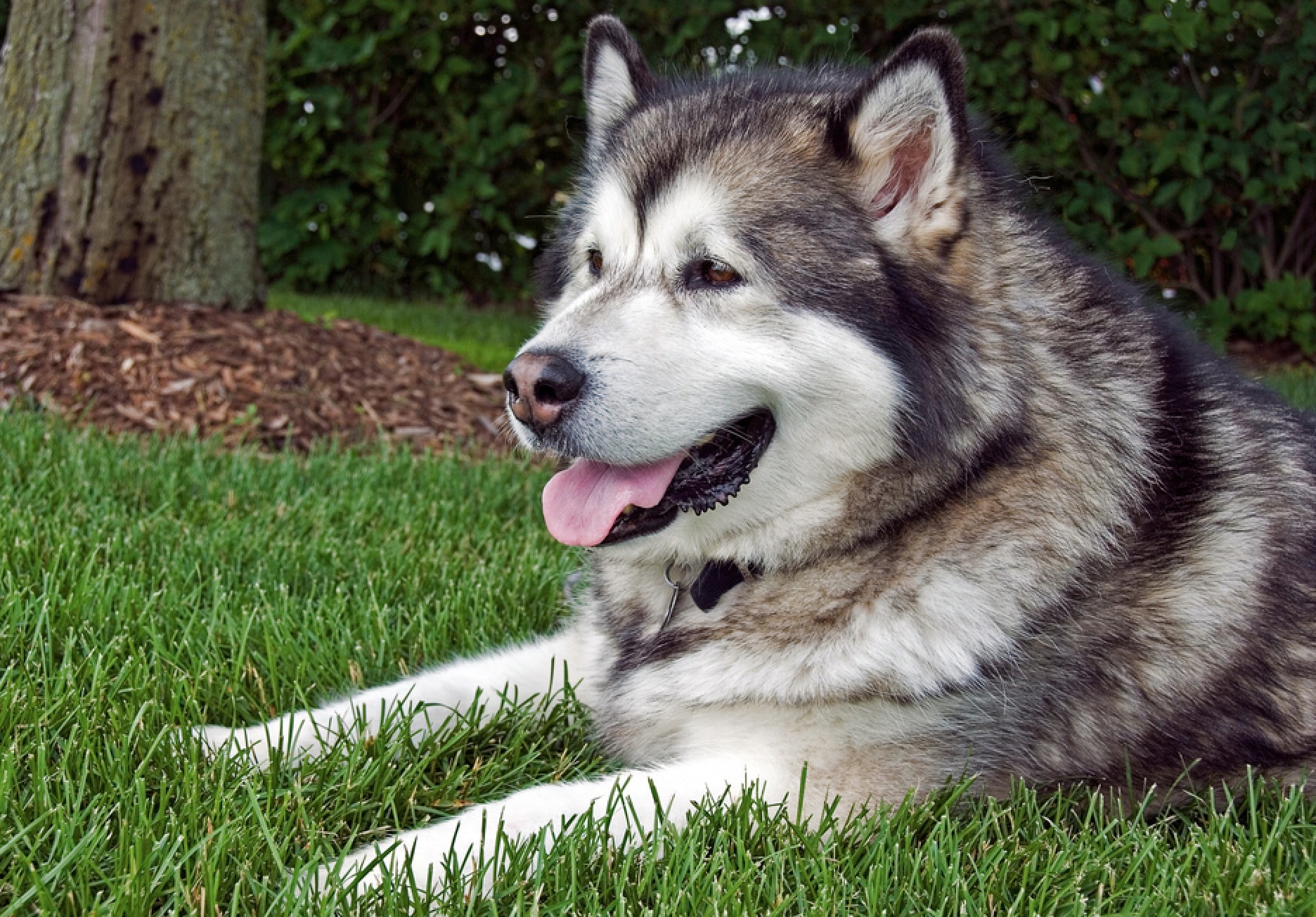The Most Common Garden Hazards for Dogs and Cats

Creating a pet-safe garden for the spring involves being aware of potential risks that can affect your beloved furry companions.
Toxic Plants and Flowers
- Lilies: Highly toxic to cats, even in small amounts, causing kidney failure.
- Azaleas/Rhododendrons: Consuming a few leaves can cause vomiting, diarrhea, and excessive drooling in pets.
- Foxglove: Contains toxins that can affect the heart, leading to severe symptoms in both dogs and cats.
To ensure your pet’s safety, familiarize yourself with and avoid plants known to be toxic. Epic Gardening provides a list of safe and unsafe plants for pets.
Fertilizers and Chemicals
- Organic Fertilizers: Often made with bone meal or fish meal, they can be irresistible and harmful if ingested in large quantities by dogs.
- Cocoa Mulch: Smells like chocolate and can be very enticing to dogs but contains theobromine, which is toxic to them.
Before applying products to your garden, check the labels for pet-safe certification. The ASPCA offers guidance on keeping pets safe in the garden with more information on garden chemicals.
Preparation for Pet-Proofing Your Garden
As the new blooms of spring fill the air with fragrance, it’s vital to ensure that your garden becomes a safe and enjoyable place for your pets.
Designating Pet-Safe Zones
- Choose the Area: Select a section of your garden you can dedicate to your pet. Look for spaces that are away from delicate plants and potential hazards.
- Barrier Solutions: Consider installing sturdy barriers such as fences that can keep pets contained while ensuring they’re strong and tall enough to prevent any adventurous climbers from escaping.
- Comfort is Key: Make the space inviting by including a sheltered spot for rest, and ensure there’s always fresh water available to keep your pet hydrated.
Choosing Pet-Friendly Plants
- Toxicity Check: Research your plant choices to confirm they’re non-toxic to pets. The ASPCA provides a comprehensive list of both safe and harmful plants you should refer to.
- Preferred Plants: Install pet-friendly vegetation such as pet-safe turf or grasses that can also enrich your garden’s aesthetic without putting your pet at risk.
Training Your Pets for the Garden
Creating a pet-friendly garden involves training your pets to navigate and respect this new environment. It’s essential to establish boundaries and good behavior to prevent any harm to your garden or your pet.
Basic Commands
Teaching your pets fundamental commands is crucial before allowing them the freedom of your garden. Here’s how you should proceed:
- Sit and Stay: Begin with these commands to help your pets remain calm in the garden.
- Leave It: If your pet approaches a plant or area they should avoid, this command diverts their attention.
- Come: A reliable recall ensures you can call your pet back to you if they wander too far.
Remember, consistent practice leads to your pet mastering these commands faster.
Behavioral Tips
Beyond the basic commands, your pet’s behavior in the garden needs to be shaped through positive reinforcement:
- Reward calm behavior with treats or affection to reinforce a peaceful coexistence with the plants.
- Use a leash initially to guide your pet through the garden, gradually giving more freedom as they learn.
- Ensure that distractions are minimized during the initial training phases to maintain focus.
Supervision and Safety Measures
When introducing pets to your new spring garden, it is vital to ensure their safety and the protection of your plants.
Carefully supervising your pets and setting up appropriate barriers are key strategies to achieve harmony between your furry friends and your garden.
Creating Barriers
- Physical Fences: Erect a physical fence that pets cannot jump over or dig under. Consider materials that blend with your garden aesthetic.
- Plant Borders: Use non-toxic, pet-safe plants to create a natural barrier, signaling to your pets where the off-limits areas are.
Monitoring Pets in the Garden
- Regular Checks: Keep a close eye on your pets’ behavior while they are in the garden to prevent any harmful activity.
- Teach Boundaries: Spend time with your pets in the garden to reinforce areas that are off-limits and to encourage safe exploration.
Keeping Your Garden Pet Friendly
Creating a pet-friendly garden requires ongoing attention and adjustment to keep it a safe and enjoyable place for your pets.
Consistent monitoring and adaptability are essential for your garden’s harmony with your furry companions.
Regular Checks
- Inspect Plants Regularly: Ensure that all plants in your garden are non-toxic to your pets. Remove or replace any plants that pose a risk.
- Examine Fences and Boundaries: Check for gaps or damage where pets could escape or enter areas with potentially dangerous plants or substances.
Adapting the Garden Over Time
- Introduce New Features Thoughtfully: When adding new plants or garden features, always consider the impact on your pet’s safety and comfort.
- Observe Your Pet’s Behavior: Make note of how your pet interacts with the garden, and adjust the layout or plant choices accordingly to prevent any harmful behaviors.
Frequently Asked Questions
When integrating your pets into the spring garden experience, it’s crucial to navigate their introductions methodically and safely. This section addresses common inquiries with specific, actionable guidance.
What steps should I take to introduce my new puppy to the resident dog?
- Begin by allowing the dogs to sniff each other’s scent on blankets or toys to become familiar.
- Set up a controlled first meeting in a neutral space with leashes for safety.
How long typically does it take for dogs to adjust to a new home environment?
- Most dogs take one to three weeks to acclimate, but some may need up to several months depending on their personality and past experiences.
What are the dos and don’ts when introducing two dogs to each other?
- Do: Keep the initial greeting brief and calm.
- Don’t: Force interactions or introduce them in a confined space. Patience is key.
What methods can help acclimate dogs to each other’s presence in a multi-pet household?
- Arrange parallel walks, maintaining a comfortable distance, and gradually reducing it as they display relaxed behaviors.
How can I ensure the safety of my pets while they explore the garden for the first time?
- Keep pets leashed and walk them around the perimeter, watching for any potentially harmful plants or substances they may encounter.
How can I prevent pets from disturbing plants in my spring garden?
- Delineate a pet-friendly area. Use barriers or plant dog-repellent flora around the garden’s outer limits to discourage entry.


